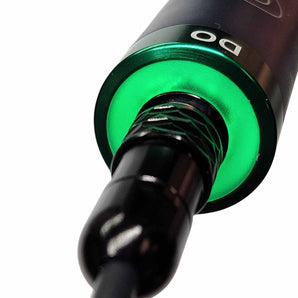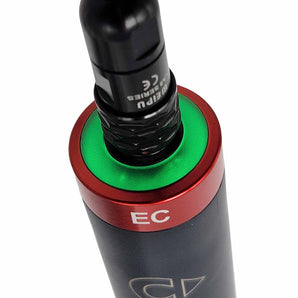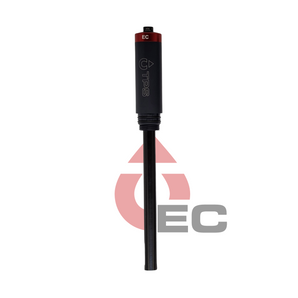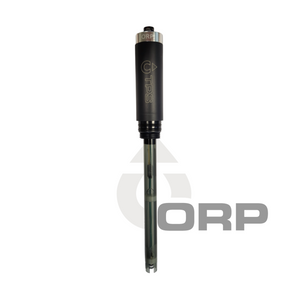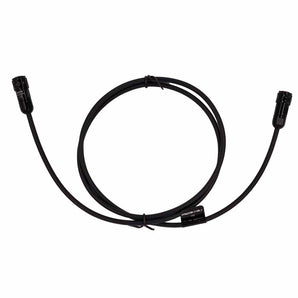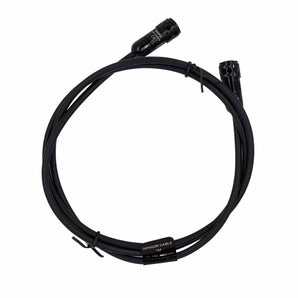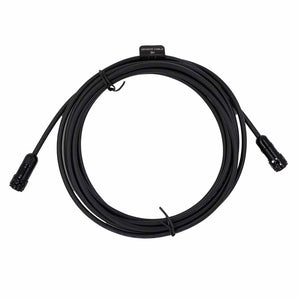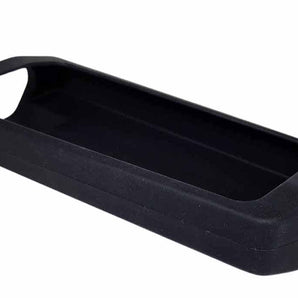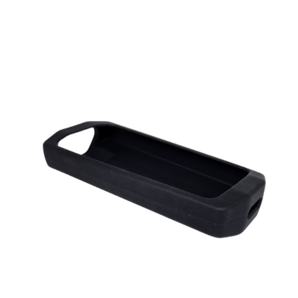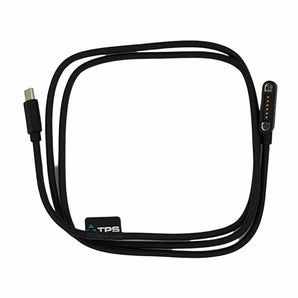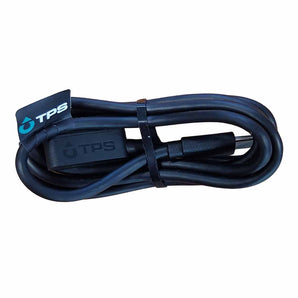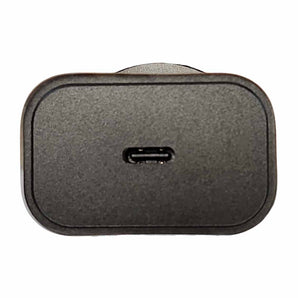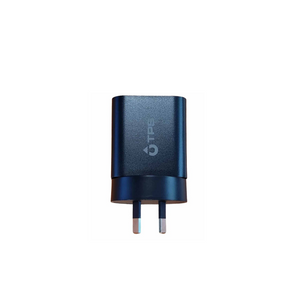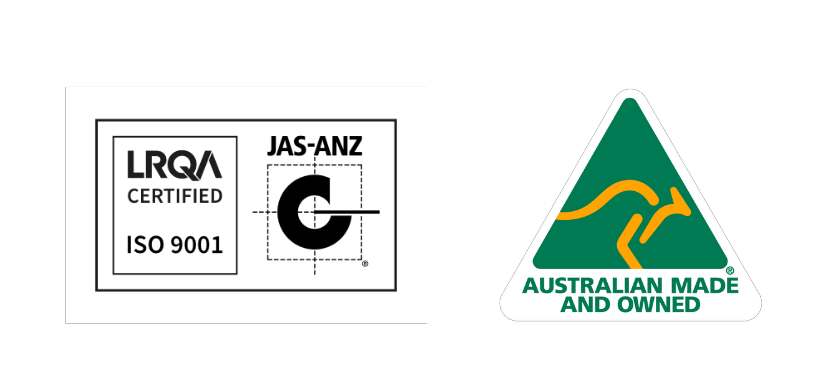
CURTIN UNIVERSITY : Murujuga Rock Art Monitoring Program
The Murujuga Rock Art Monitoring Program is focused on monitoring some of the world’s oldest and most culturally significant Aboriginal rock art.
Improved Accuracy
Reduced Testing Time
Increased Electrode Stability

Case Study Summary
Curtin University, located in Perth, Australia, is a globally recognized educational and research institution. As part of its environmental and geological studies focus, the university is implementing the Murujuga Rock Art Monitoring Program (MRAMP), a collaborative initiative overseen by the Western Australian Government and Murujuga Aboriginal Corporation (MAC).
This program focuses on preserving the world-class Aboriginal rock art within the Murujuga National Park by monitoring environmental conditions, including the pH of the rock surfaces.
Field monitoring of pH, and other electrochemical parameters, is undertaken by Curtin University's Inorganic Geochemistry team in partnership with the MRAMP Rangers.
The MAC–Curtin program team plays a critical role in ensuring the preservation of this globally significant site by closely monitoring rock surface conditions to understand the key processes involved in natural and anthropogenic weathering, and to develop environmental quality criteria that will ensure ongoing protection of the rock art.
The Problem
- During program development, Curtin University faced significant challenges in measuring the pH of small water volumes with low ionic strength.
- These measurements were highly sensitive to external factors, including the equilibration of water with atmospheric CO₂, leading to variable and inconsistent results.
- Due to the program's focus on rock surface conditions, these variations hindered accurate analysis, making it difficult to determine the real conditions on the rock surfaces.
- These issues were affecting day-to-day operations because noise from the analysis commonly dominated the measured values.
- The university needed a reliable solution that could provide consistent, accurate measurements, specifically designed for the unique challenges of low ionic strength water.
The Challenge
- The TPS solution included the use of the WP-90 meter with flat-bottomed pH, ORP, and Cl electrodes.
- These specialty sensors were provided specifically to address the challenges of low ionic strength measurements in the field.
- The program also incorporated ionic strength adjusters (ISA) to mitigate issues related to the low conductivity of the water samples.
- Over three annual field campaigns, TPS delivered unwavering support.
- As challenges emerged, TPS consistently offered expert advice, enabling the team to refine their methods for optimal performance.

The Solution
The TPS solution included the use of the WP-90 meter with flat-bottomed pH, ORP, and Cl electrodes.
These specialty sensors were provided specifically to address the challenges of low ionic strength measurements in the field.
The program also incorporated ionic strength adjusters (ISA) to mitigate issues related to the low conductivity of the water samples.
Over three annual field campaigns, TPS delivered unwavering support. As challenges emerged, TPS consistently offered expert advice, enabling the team to refine their methods for optimal performance.

The Results
By integrating TPS’s specialty sensors and solutions, Curtin University was able to significantly improve the accuracy of their pH testing.
The addition of ISA resulted in faster electrode stability, reducing the time required for testing and enabling the team to work more efficiently in the field.
The improved accuracy of water quality testing allowed the university to better monitor rock surface conditions and ensure that their efforts contributed to the preservation of the Murujuga rock art.
The impact of TPS’s solution has been clear in terms of time saved and testing accuracy.
Keen to See More? Explore Customer Stories
JOIN US
Sign up to our newsletter to stay in the loop about all things water quality!














